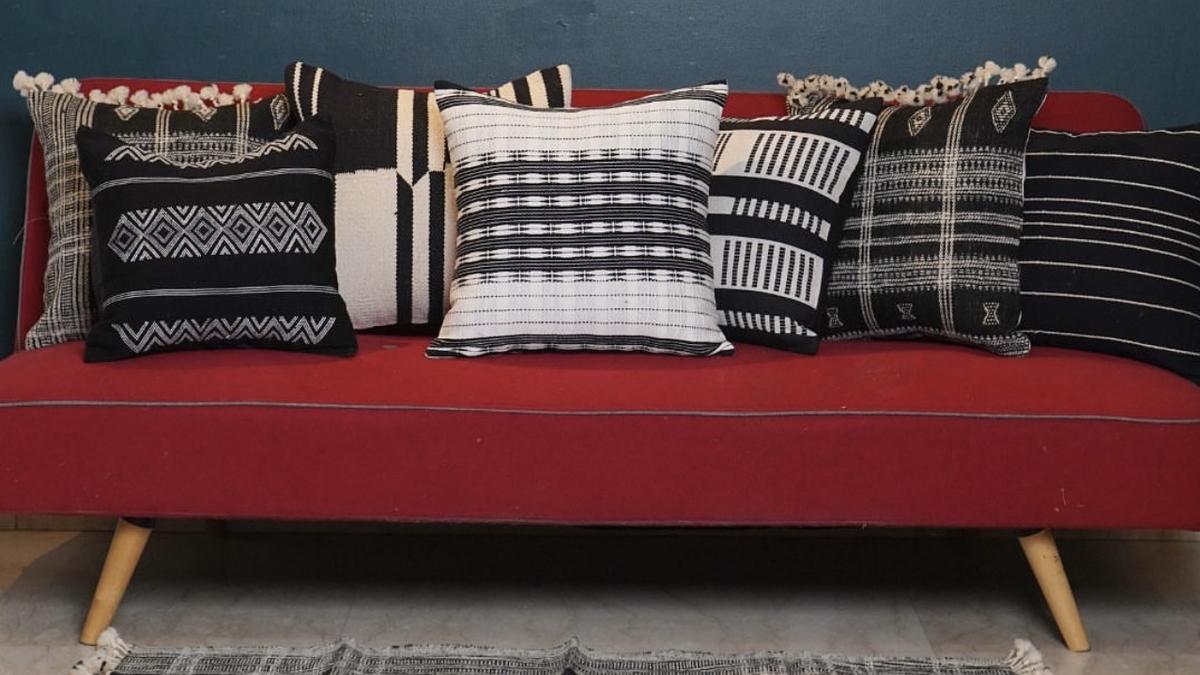The AUM of IIFL Home Loan is set to reach Rs 42-43 thousand crores by the end of this fiscal, and Rs 1 lakh crore in the next 3 to 4 years, said Gaurav Seth as the Chief Financial Officer (CFO) in an exclusive interaction with ETCFO.
The CFO talked about company’s long-term financial goals, investments required, and the recent partnerships.
During the interaction, Seth also shared the strategies he intends to implement to ensure the products remain affordable for customers in the current economic climate.
Here are the edited excerpts:
Q. What are the financial targets for IIFL Home Finance by the end of FY 2025?
As of September 30, 2024, IIFL Home Finance is at an AUM of over Rs 37,000 crores, and we are growing at around 20% on a YoY basis.
We expect this growth to continue and the AUM to reach Rs 42-43 thousand crores by the end of this fiscal.
In terms of profits, we expect a similar growth of around 20% in this financial year, reaching the range of Rs 1200 to 1250 crores.
Our NIM is around 7.5%, and we expect it to be in the same range.
For ROE, we are in the range of 16%-17%, and expect it to steadily grow up as year progresses to around 17%-18%.
Q. What are your long-term financial goals?
In terms of AUM, we are forecasting to become a Rs 1 lakh crore company in the next 3 to 4 years.
There are 2-3 things that we look forward to. One is the AUM, second is the Asset Quality and the yield limits.
Today we have around 77% of Home Loan, and 2%-3% of construction financing. In terms of Loan Against Property, we have it at 22%-23%.
Since the Home Loan is a low-yield product, and Loan Against Property is a high-yield product,a change in the product mix will result in an improvement in our blended yields and NIM’s. In the longer term, we expect the Home Loan to go down to 72%-73% while the Loan Against Property to go up.
Q. What kind of investments do you anticipate necessary to achieve your long-term financial goals?
Currently, we are at around 49% CRAR. From a CRAR perspective, we do not need any capital.
However, we will continue to invest to grow my business.
Over the last 2-3 years, we have invested heavily on infrastructure. We have opened nearly 250 branches in Tier II and III towns.
We believe now the benefits of these investments need to flow in for over 2-3 years.
Once we reach a satisfactory level, in terms of returns and productivity, that will be the time when we will think of the next phase of investments.
We are going to redeploy our profits and not looking for fresh capital.
In terms of borrowings, we expect that we need to borrow in the range of 35 to 50 thousand crores in the next 2 to 3 years.
This amount will be utilised for two purposes. One is growing the loan book and second is the repayment of the existing loans.
There are multiple facets of borrowing. One is the National Housing Bank (NHB) from which we have approx 25% of our existing borrowing. Second is the term loans that we take from the banks, the third is the DFIs and fourth is the NCDs.
Q. What is the status of your Rs 3000 crore public NCD issue?
We have filed for a Draft Shelf Prospectus, and now we have to file the final prospectus and then go for the IPO.
We have not decided on a final date, but we would like to do it by the end of Q3 and early Q4 of this financial year. Further details like the tenure and size will be revealed close to the issue date.
Q. With your recent partnership with ITC to address the home financing needs of farmers, are there any more strategic collaborations in the pipeline? What criteria do you consider when forming such partnerships?
We are a $4.5 billion affordable housing company catering to the deepest of the towns of the country.
While forging partnerships, we look at two things. Firstly, our partner needs to help us to go deeper and take places where banks are not lending because our target is EWS and LIG.
There are a couple of partnerships that we will sign during this quarter. All of these are built on two premises: one is to take us deep enough and the other is who are large enough.
Q. As CFO, what strategies do you intend to implement to ensure that your products remain affordable for customers in the current economic climate?
When we look at the housing finance industry, there are a few things to consider. One is the yield that I am getting, the cost of funds, and the credit cost.
However, there is a very important fourth element, which is ‘What is the cost?’
Compared to peers, cost is something that we are very focused upon.
We have the lowest Opex to AUM ratio at 1.9% which is nearly half as compared to the industry. This also enables us to be very competitive on the yields being offered.
Source Homevior.in




